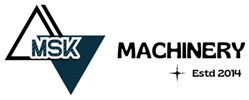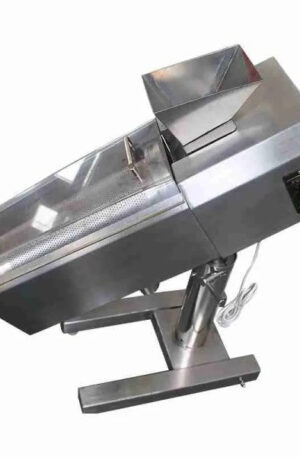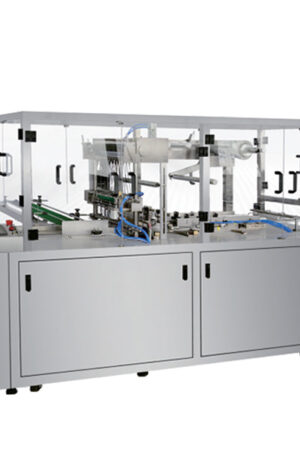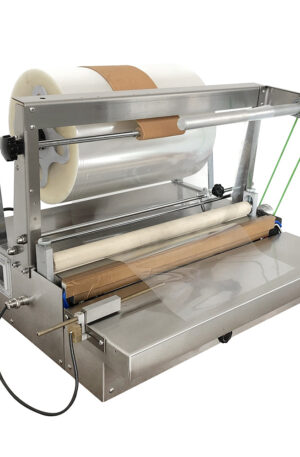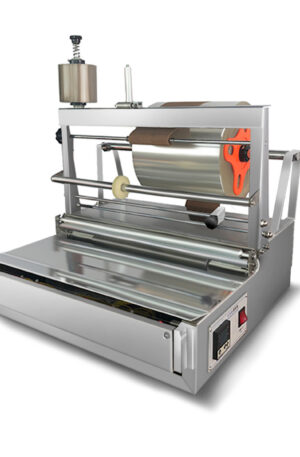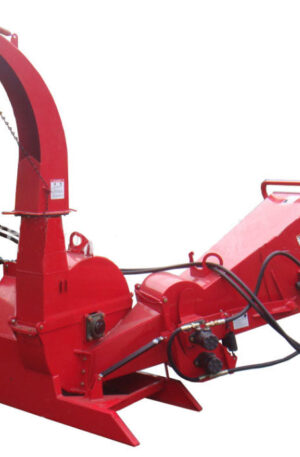Title: A Comprehensive Guide to Pharmaceutical Machinery
Pharmaceutical machinery is crucial in the production of medications, ensuring accuracy, efficiency, and quality. In this article, we will delve into two essential types of pharmaceutical machinery: table press machines and capsule filling machines, with a specific focus on the TDP and THDP models.
Table press machines, also known as tablet presses, are used to compress powdered materials into tablets of uniform size and shape. The TDP (Tablet Press) machine is a popular choice in the pharmaceutical industry due to its versatility and reliability. It operates by feeding powdered ingredients into a die cavity, which is then compressed by punches to form tablets. The TDP machine offers adjustable parameters for tablet size, shape, and hardness, making it suitable for a wide range of tablet production needs.
On the other hand, capsule filling machines are utilized to encapsulate powdered or liquid formulations into gelatin or vegetarian capsules. The THDP (Capsule Filling Machine) model is widely used for its efficiency and precision in filling capsules. The THDP machine consists of a filling station where the capsule halves are filled with the product, and a closing station where the filled capsules are sealed. It is equipped with mechanisms to ensure accurate dosing and uniform capsule filling, reducing the risk of dosage variations.
Both the TDP and THDP machines play a critical role in pharmaceutical production, contributing to the consistency and quality of medications. Proper maintenance and calibration of these machines are essential to ensure reliable performance and adherence to regulatory standards. Regular cleaning, lubrication, and inspection of parts are necessary to prevent cross-contamination and ensure product safety.
In conclusion, pharmaceutical machinery, such as table press machines and capsule filling machines, including the TDP and THDP models, are indispensable tools in the production of medications. Their accurate dosing, efficient operation, and quality control features make them vital assets for pharmaceutical manufacturers striving for excellence in product development and safety. Adherence to best practices in machine maintenance and operation is key to maximizing the performance and longevity of these essential pharmaceutical machines.
